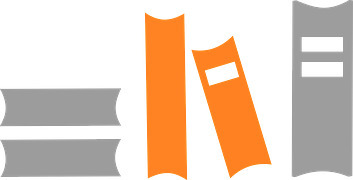cprMaking sense of learning analytics
The Open University has always collected data on students since it started. In fact, McIntosh, Calder and Smith (1976) found that statistically, the best predictor of success was whether a student returned a questionnaire in the first week of a course, as this indicated their commitment. It still didn’t tell you what to do about the students who didn’t return the questionnaire. (In fact, the OU’s solution at the time was not to count anyone as an enrolment until they had completed an assignment two weeks into the course – advice that MOOC proponents might pay attention to).
As with so many technology developments, the issue is not so much the technology but how the technology is used, and for what purposes. Conscientious instructors have always tried to track or monitor the progress of individual students and learning analytics merely provides a more quantitative and measurable way of tracking progress. The issue though is whether the data you can track and measure can offer solutions when students do run into trouble.
My fear is that learning analytics will replace the qualitative assessment that an instructor gets from, for instance, participating in a live student discussion, monitoring an online discussion forum, or marking assignments. This is more likely to identify the actual conceptual or learning problems that students are having and is more likely to provide clues to the instructor about what needs to be done to address the learning issues. Indeed in a discussion the instructor may be able to deal with it on the spot and not wait for the data analysis. Whether a student chooses to study late at night, for instance, or only reads part of a textbook, might provide a relatively weak correlation with poorer student performance, but recommending students not to stay up late or to read all the textbook may not be the appropriate response for any individual student, and more importantly may well fail to identify key problems with the teaching or learning.
Via Miloš Bajčetić, Alfredo Calderón



 Your new post is loading...
Your new post is loading...














